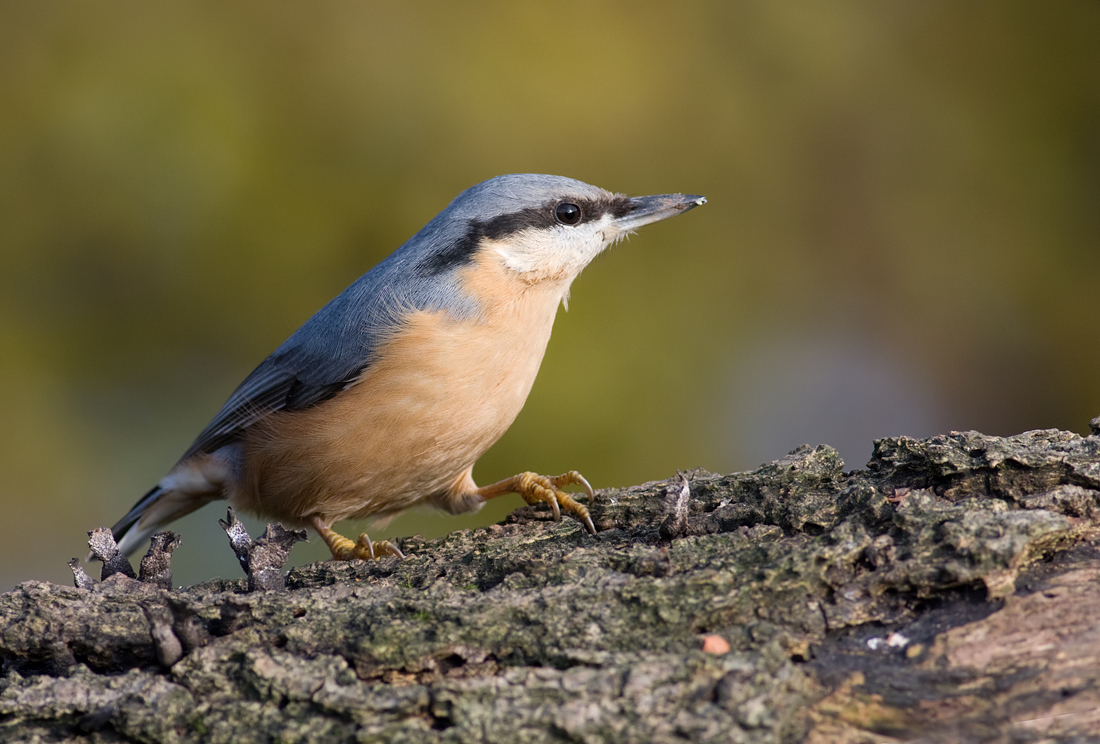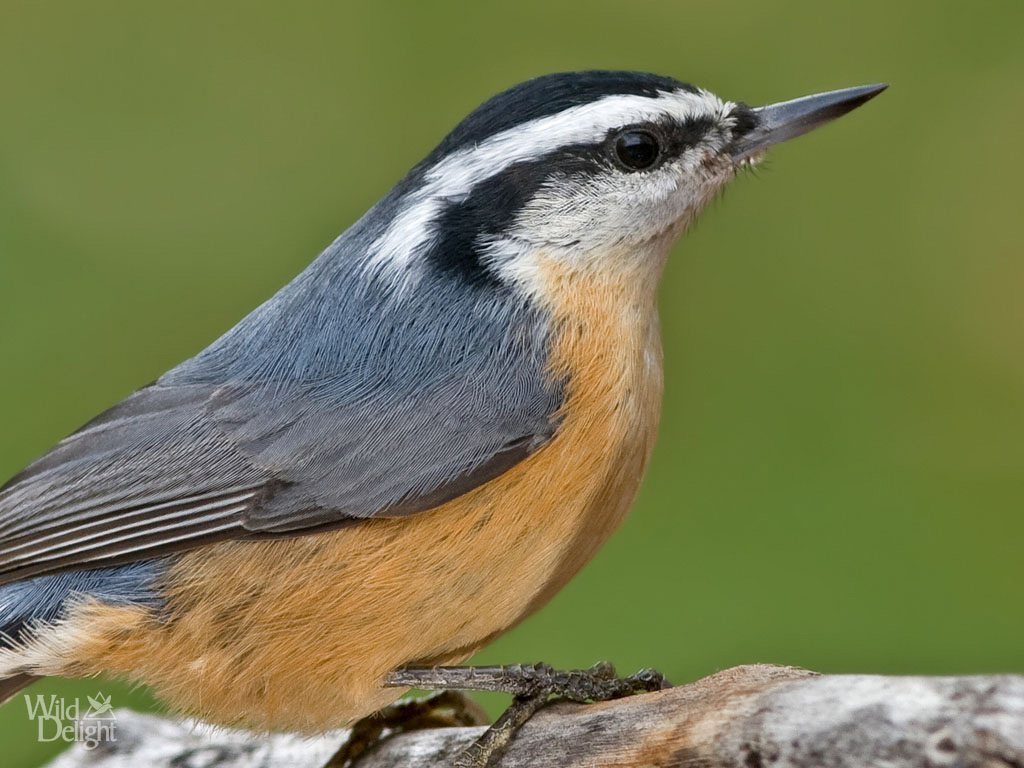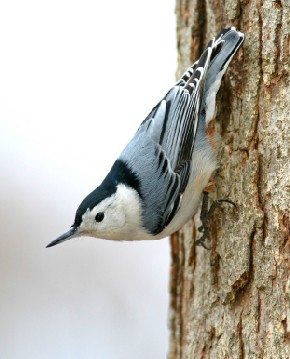
Sitta europaea
SUBFAMILY
Sittinae
TAXONOMY
Sitta europaea Linnaeus, 1758. Twenty-five subspecies.
OTHER COMMON NAMES
English: Eurasian nuthatch, wood nuthatch; French: Sittelle
torchepot; German: Kleiber; Spanish: Trepador Azul.
PHYSICAL CHARACTERISTICS
5.5 in (14 cm), with a short tail. The back is colored blue-gray,
the crown blue-gray, undersides brown to white, throat white,
and with a black line through the eye. However, coloration
varies considerably among the approximately 25 geographic
subspecies of this wide-ranging species.
DISTRIBUTION
Occurs widely in temperate Eurasia, from the Atlantic to Pacific
coasts.
HABITAT
Occurs in a wide range of mature temperate forests, ranging
from deciduous- to conifer-dominated types.
BEHAVIOR
Occurs as pairs that defend a breeding territory. Does not migrate.
Occurs in mixed-species flocks with tits (or chickadees)
in the nonbreeding season. The song is a varied series of loud
calls.
FEEDING ECOLOGY AND DIET
Gleans invertebrates from tree bark and foliage, especially on
branches. Also eats fruits and seeds in winter.
REPRODUCTIVE BIOLOGY
Pairs nest in a tree cavity. The female incubates the eggs but
both sexes feed the young.
CONSERVATION STATUS
Not threatened. A widespread and abundant species.
SIGNIFICANCE TO HUMANS
None known.
Photo Gallery of - Nuthatch




 Animalia Life
Animalia Life